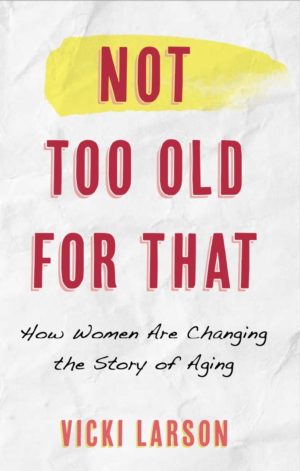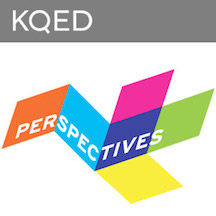It’s Christmas and my friend’s child wants a pink bike.
That’s not a problem — lots of companies make pink bikes. For girls.
Her child is a boy.
It’s hard being a boy who’s drawn to the color pink. Not that the kids see anything wrong with it – it’s just a color, after all. But, the adults just won’t have it. They think there’s something “wrong” or “weird” for a boy to like the color pink. Pink is a girl’s color (and why colors have gender tags is beyond me, but for whatever reason we associate pink with girls and blue with boys), although there are plenty of girls who wear blue and carry it off quite nicely. But boys seem to only be able to wear pink (in limited amounts) when they reach a certain age, perhaps when their sexuality is clearly apparent. 
That wasn’t always the case. In fact, pink was a boy’s color for many years, according to Jo B. Paoletti, a historian at the University of Maryland and author of Pink and Blue: Telling the Girls From the Boys in America.
As Smithsonian magazine explains it :
The march toward gender-specific clothes was neither linear nor rapid. Pink and blue arrived, along with other pastels, as colors for babies in the mid-19th century, yet the two colors were not promoted as gender signifiers until just before World War I — and even then, it took time for popular culture to sort things out. … Today’s color dictate wasn’t established until the 1940s, as a result of Americans’ preferences as interpreted by manufacturers and retailers.
Interestingly, it’s totally cool for grown boys — aka men —to wear pink. In fact, men who wear pink make more money, are more likely to get compliments from female colleagues and appear confident. Artist Lisa Swerling told me that she was surprised how men are often drawn to her glittery Glass Cathedral wall sculptures the most — even the pink ones — as if she’s somehow given them permission to enjoy something we typically don’t associate with masculinity.
But, we’re uncomfortable with boys who like pink because it might mean something. Like, maybe they’re gay (and what, exactly, is so wrong about that?).
Some of that played out in my own family. As a young kid a male cousin identified with the Pink Power Ranger when all the other boys in the family, including my own sons, related more to the other Power Rangers. Then a few years later, one of my sons expressed an interest in playing with Barbie dolls.
What do we make of this? There was a bit of parental fretting going on as well as concern (judgment?) from other family members. If just wasn’t “normal.”
As it turns out, the Pink Power Ranger-loving cousin, now a young man, came out as gay at some point, but my son, also a young man, by all appearances seems to be 100 percent heterosexual (you can ask his girlfriend about that).
None of which makes it any easier for my friend who just wants to allow her son to ride around on a pink bike because that’s what he wants.
And, I can’t say I have an answer for her. What would I do if it were one of my sons who wanted a pink bike? I don’t know; I’m just thankful I didn’t have to deal with that when my boys were growing up, although I’ve had other things to address, things that, although not gender related, were just as complicated.
All of which makes me think of what Sarah Hoffman addressed so beautifully on Salon last year:
Indeed, one of the most popular arguments against letting boys express their feminine sides is that people will make fun of them. Which makes me wonder: should we hide who we are because people are mean? Or should we — parents, teachers, bystanders, infotainment talk-show hosts — stand up and say it’s not acceptable to make fun of people who are different?
Parents want to do the right thing, but it’s hard. As one father said in a New York Times article earlier this year:
“I didn’t go into parenting thinking I wanted to deconstruct the notions of gender with my children. I had enough life experience to know that the way we construct masculinity sets men up to either be victimized because they’re wimps, or to be victimizers to prove they’re not.”
If we wish to create a society that allows women and men to be free to pursue their passions and that removes gender from “who does what” whether in a career or a marriage, then don’t we need to start when our kids are young? I believe we do.
- What would you do if your son preferred pink?
- How do you react if you see a boy wearing pink?
- How do you react if you see a man wearing pink?

















Limited color options for boys is a pet peeve of mine. Both of my sons loved color when young and were slowly conditioned by clothing mfg and room deco options to reign themselves in. Why can’t boys like flowers or color or ruffles or clothes that are soft to the touch. We limit them when they are boys and then wonder why they have limitations as men.
Twitter: OMGchronicles
says:
Indeed, although men can wear pink. It’s up to us as parents to help break the mold, and I believe that will happen as more millennials start having kids. Thanks for commenting.
My grandson, who is 4, loves pink. He also loves trucks and trains. No one thinks twice about it in our family but his preschool teacher is another story. His sister, who is 5, loves blue and no one bats an eye. She also prefers dinosaurs over dolls and it’s deemed as “cute”. Our society is one of double standards.